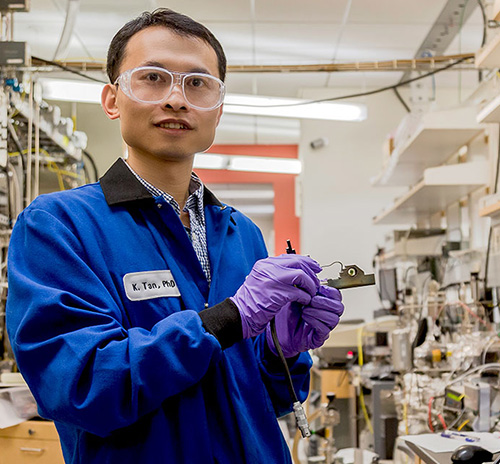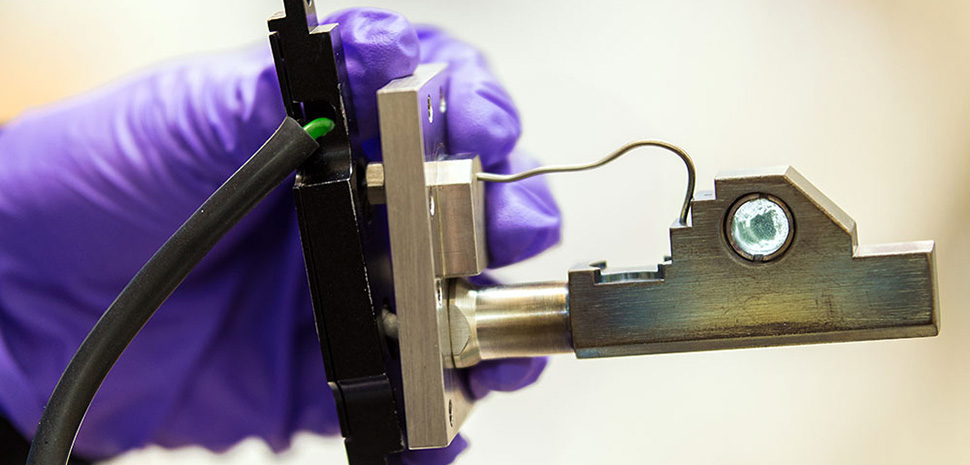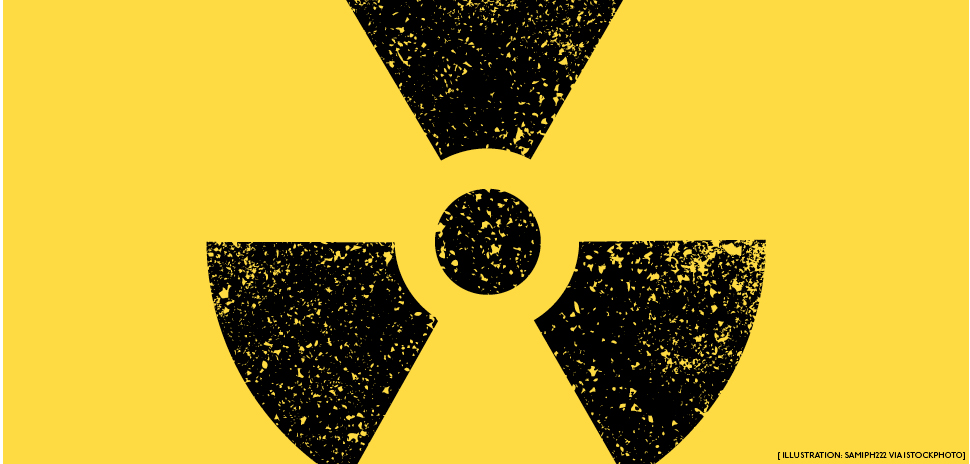Research being done at the University of Texas at Dallas could help enhance recycling efforts and lead to the safe storage of radioactive materials.

Dr. Kui Tan, a UT Dallas research scientist. [Photo: UT Dallas]
UTD scientists are investigating the effectiveness of a nanoscale “sponge” that may help filter out radioactive particles from nuclear waste. Their work could have a real impact on the handling of radioactive waste, said Dr. Yves Chabal, head of the Department of Materials Science and Engineering at the Erik Jonsson School of Engineering and Computer Science.
The researchers were able to trap radioactive molecules using tiny metal-organic frameworks, or MOFs, which are composed of metal ion centers and organic molecules that link parts of the structure together, according to a news release.
That link creates a microscopic scaffold, or trap, that is able to capture specific gases and other molecules.
“By attaching a nitrogen-containing molecule to the MOFs, our colleagues showed they could capture these radioactive molecules very efficiently.”
Kui Tan
The scientists’ current work centers on testing the absorption capacity of specific metal-organic frameworks to more effectively remove radioactive iodine.
Their findings were recently published in the journal Nature Communications.
“In a spent radioactive fuel rod, there are several elements that decay at different rates. Radioactive iodine is one of the primary byproducts,” Dr. Kui Tan, a UTD research scientist, said in the release. “By attaching a nitrogen-containing molecule to the MOFs, our colleagues showed they could capture these radioactive molecules very efficiently.”
Tan said the UTD team is working with groups from Rutgers University and Wake Forest University on the research.

UT Dallas scientists helped determine how the binding occurred and why the capacity for iodine capture was so high. This sample holder allows the iodine captured in the multi-organic framework powder to be measured. [Photo: UT Dallas]
“Professor Jing Li and her team at Rutgers University designed and synthesized the MOF molecular traps,” Tan said. “They demonstrated that the MOFs can be functionalized by adding nitrogen-containing molecules to form strong chemical bonds with organic iodides, there trapping them in the pores.”
Tan said the Rutgers team needed help to completely understand the binding mechanism.
“This is where our team and the team at Wake Forest came in,” he said.
![]()
Get on the list.
Sign up to keep your eye on what’s new and next in Dallas-Fort Worth, every day.
And, you’ll be the first to get the digital edition of our new Dallas Innovates magazine:
The annual edition publishes in January
































